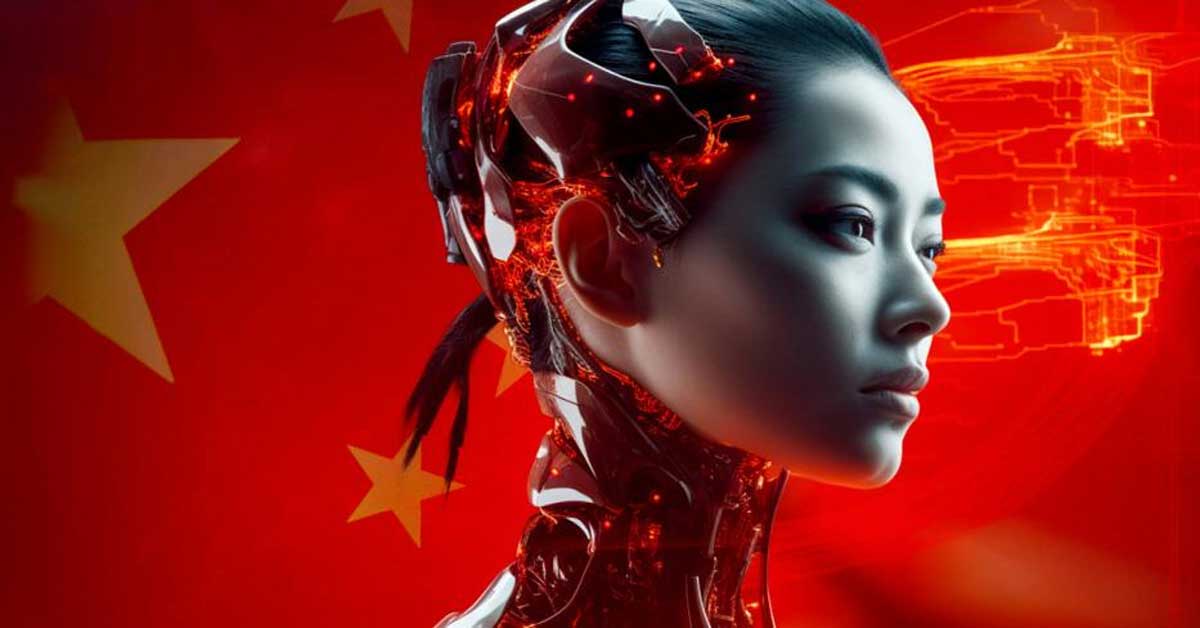It’s no secret that leading economies rely on artificial intelligence (AI) to boost economic growth. Back in July 2017, the Chinese State Council really put it’s focus on intelligence algorithms and, in general, AI.
They rolled out the Next Generation Artificial Intelligence Development Plan, trying to reach the West’s level by at least 2020 to 2021 and then zoom past by 2025.
It’s not just the Chinese government pouring loads of money into AI systems and making AI policy and even generative AI, In April 2018, SenseTime Group Ltd, with backing from Alibaba, became the top AI start-up globally, raking in a cool $600 million. By 2030, AI could pump up China’s GDP by a whopping 26.1%.
China has got a few aces up its sleeve for AI success. With a massive 700 million internet users, there’s no shortage of data to train Artificial intelligence-based learning algorithms.
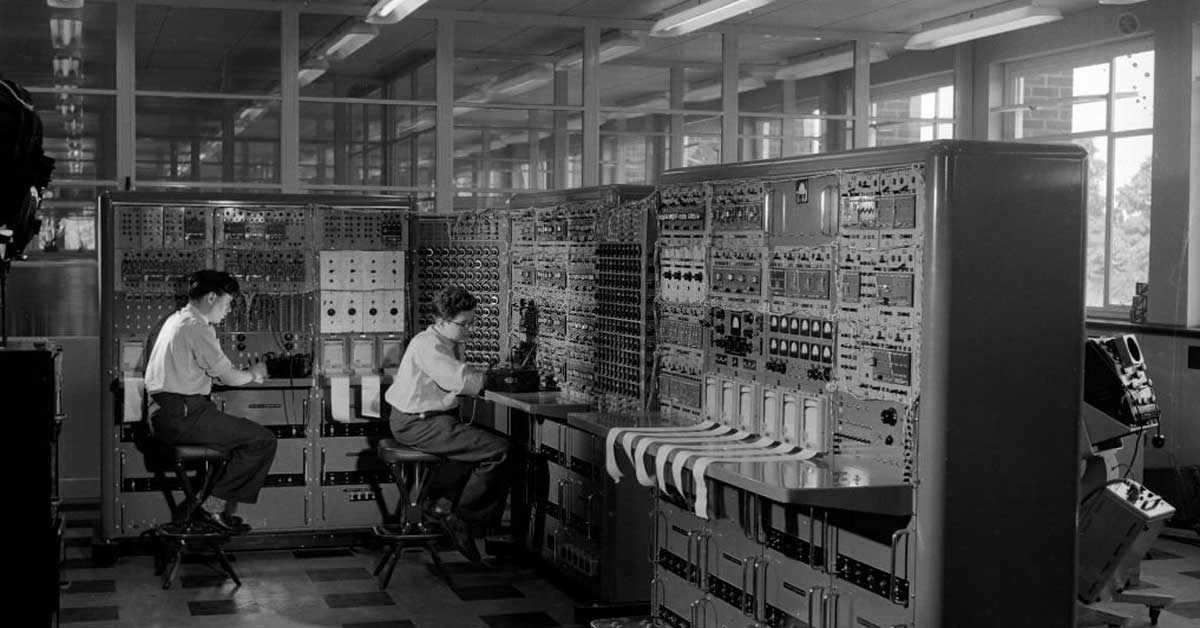

Plus, their socialist market economy means the government has a firm grip on market forces. This tight control means businesses and the government are on the same page, pushing AI development forward.
Beijing uses this to spread tech across different sectors. And let’s not forget, China’s pretty relaxed on privacy protection laws, so there’s tons of consumer data up for grabs – a goldmine for AI development. So, Will China be the AI superpower?
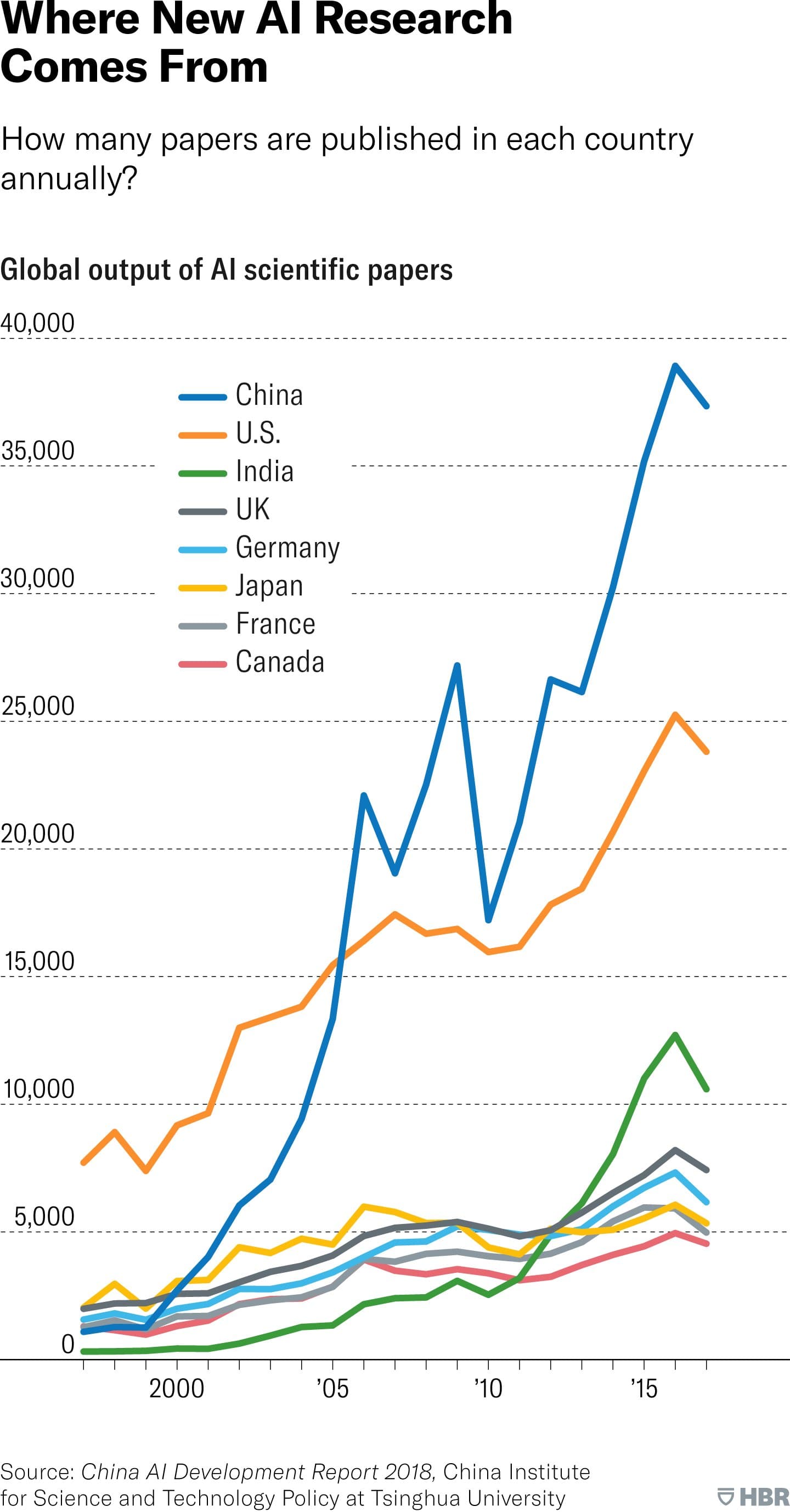

History of Chinese AI
China’s AI story basically started in the 1980s, all thanks to Deng Xiaoping’s big push for science and technology. This was a big shift from the 1950s and 1960s, when AI didn’t get much love, likely because of the whole Soviet Union cybernetics stage and the Sino-Soviet split.
But in the 1980s, people like Qian Xuesen and Wu Wenjun gave a new meaning to AI. That was the beginning of everything.
In September 1981, the Chinese Association for Artificial Intelligence (CAAI) was born, getting approval from the Ministry of Civil Affairs. Qin Yuanxun, in 1987, Tsinghua University was working on its first AI paper.
Fast forward to the 2000s, and China’s really doubling down on AI research funding and projects. In 2001, they even started doing their own AI project to enhance basically everything.


2006 was a big year, with AI getting a shoutout in the National Medium and Long Term Plan for the Development of Science and Technology. The “Eleventh Five-Year Plan” also put a spotlight on AI, deep-dive research in all things tech.
The AAAI set up shop in Beijing in 2011, and that year also saw the Wu Wenjun Artificial Intelligence Science and Technology Award launch. 2013 brought the IJCAI to Beijing, lining up with China declaring it the “Chinese Intelligence Year.”
July 2017 saw the State Council dropping the “Next Generation Artificial Intelligence Development Plan,” making AI a top priority. They even put down $2.1 billion 2018 for an AI park in Mentougou district.
This push was partly to shake off past tech struggles and reclaim a spot on the global tech stage. By 2020, the Pudong District in Shanghai was home to 600 AI firms, and AI started popping up in quantum physics and medicine in 2019.
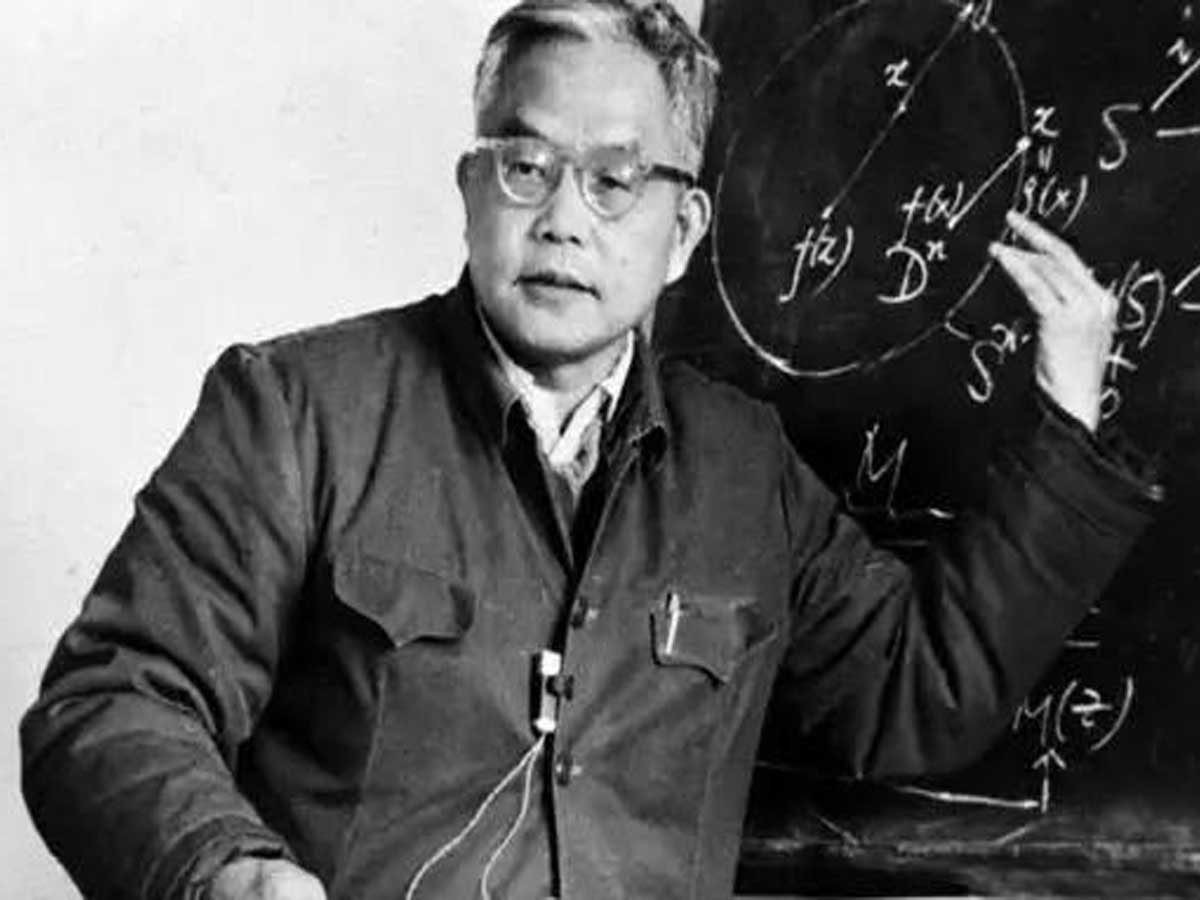

The 2020s was a great time for China’s large language models like ‘Zidongtaichu’ and Huawei’s ‘PanGu-Sigma’.The State Council has big plans. By 2025, they see China leading the way in AI theory and pushing industrial and economic transformation. They’re eyeing a 400 billion RMB value for core AI industries by 2025, shooting up to 1 trillion RMB by 2030.
Is China Becoming the Global Leader in AI?
Let’s rewind a little bit back to be exact twenty years ago, and you’d see a massive difference in AI research between China and the United States. The U.S. was already making strides with both public institutions and the private sector deeply involved in AI.
Meanwhile, China was more into the basic things in global manufacturing. But today, China caught up very, very fast! Now, they’re leading in AI publications and patents.
China’s AI development has been amazing, especially past decade. The China AI Development Report 2018 explains this rapid rise. Their share in global AI research papers soared from 4.26% in 1997 to 27.68% in 2017, overtaking the U.S. And becoming the number one in AI patents.
Gaps and Barriers: China’s AI Journey
China might be pouring loads and loads of money into A.I. and sitting on basically a goldmine of data, but there’s a hitch in their A.I. ambitions. The problem is they need more innovative minds.
Back in 2013, 40% of their college graduates came out with STEM degrees – that’s more than double what the U.S. sees. It’s become such an issue that A.I. growth in China could actually hit a ceiling.
This isn’t something a new law or policy can fix. It’s deeper than that – a cultural shift towards entrepreneurship is needed. China knows it’s got a gap to fill, so they’ve been scouting for A.I. pros from overseas.
As of 2017, 44% of their imported A.I. talent was from the U.S., with the U.K. and France not far behind. This international help is vital since about 90% of A.I. jobs in China stay open unless they go to people from other countries.
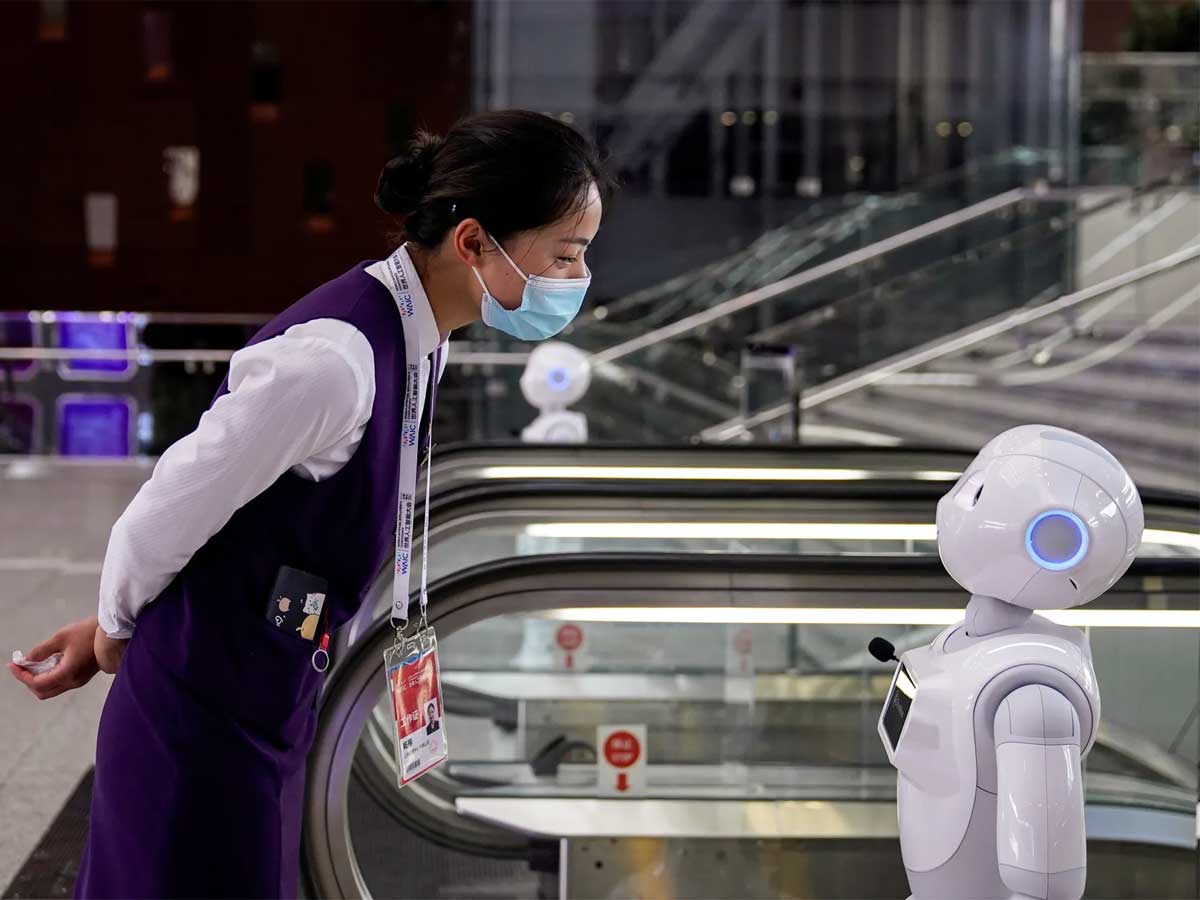

A.I. job openings on LinkedIn shot up from 50,000 to a massive 440,000 in just two years! But here’s another issue. Jack Ma from Alibaba Group points out that the Chinese education system might be part of the issue.
It’s heavy on the books and light on letting kids explore and play – where a lot of great ideas start. Even a study from Kyungpook National University found that students from China’s top universities are less creative than those from less prestigious places.
They come out of a system that loves memorization more than out-of-the-box thinking. And despite churning out double the number of college grads as the U.S., China isn’t quite nailing it in nurturing the entrepreneurial spirit.
As of March 2019, check this out – China had around 1,189 AI firms, sitting right behind the U.S., which boasts more than 2,000. But here’s where they stand out: Chinese AI firms are more big on speech and vision technologies than their global peers.
How China Caught Up in AI Research and Does It Matter?
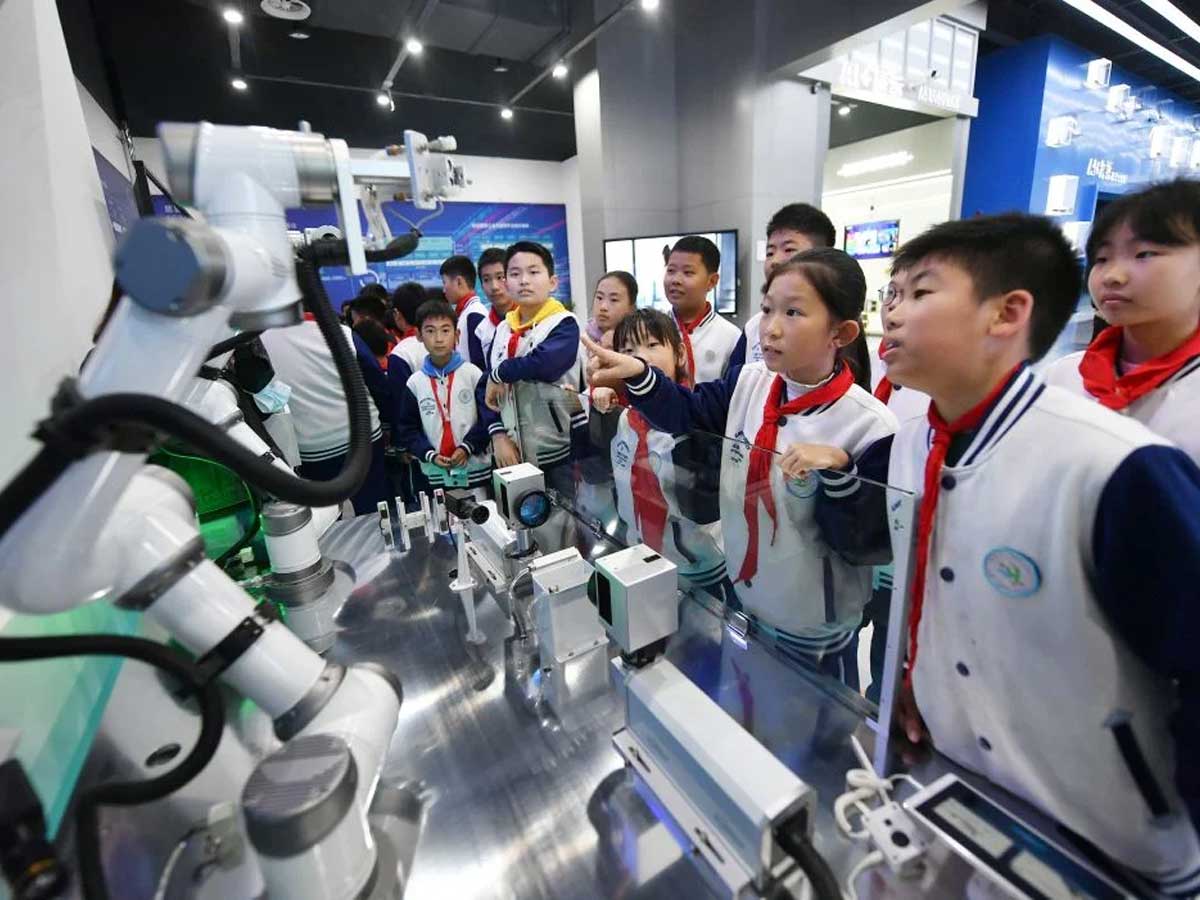

The U.S. still leads in AI research, holding a significant majority. Currently, it stands as the top country for AI research, with Macro Polo‘s research showing that nearly 60% of elite AI researchers are affiliated with American universities and companies. According to Mirae Assets, there’s been a massive accumulation of private funding for AI, amounting to $249 billion.


Silicon Valley is the hub for major players in the AI field, hosting giants like OpenAI, Google, Meta, and Anthropic. These companies have developed forefront AI products such as GPT-4, DALL E-3, Bard, Llama 2, and Claude 2, Gemini, Lamda.
In market influence, GPT-4 has emerged as a prime asset in the AI industry, boasting an impressive 100 million weekly active users.
Investment in AI within this region is also on an upward trend. A Goldman Sachs study reported that private AI investments reached $47.4 billion in 2022, constituting over half of the global AI investment for the year.


Moreover, the U.S. government is not behind in this race, actively channeling funds into AI research and development.
China has made some serious leaps in AI research, catching up with almost everyone in the industry just within 20 years. It’s all thanks to what the experts call “catch-up cycles.”
These cycles mean when technology changes, like with Android smartphones basically kicking out Nokia’s reign, newcomers like Samsung and Huawei get a chance to show what they have.
China’s edge in AI was all about loads of data and a pool of sharp minds in computer science and engineering. With a huge population and a focus on tech education, they’ve got both in spades. What’s cool about AI today, or “weak AI,” is how it grows.
China’s market is all about trying new AI capabilities. Their companies and consumers are super quick to adopt these new technologies and take the risk.

